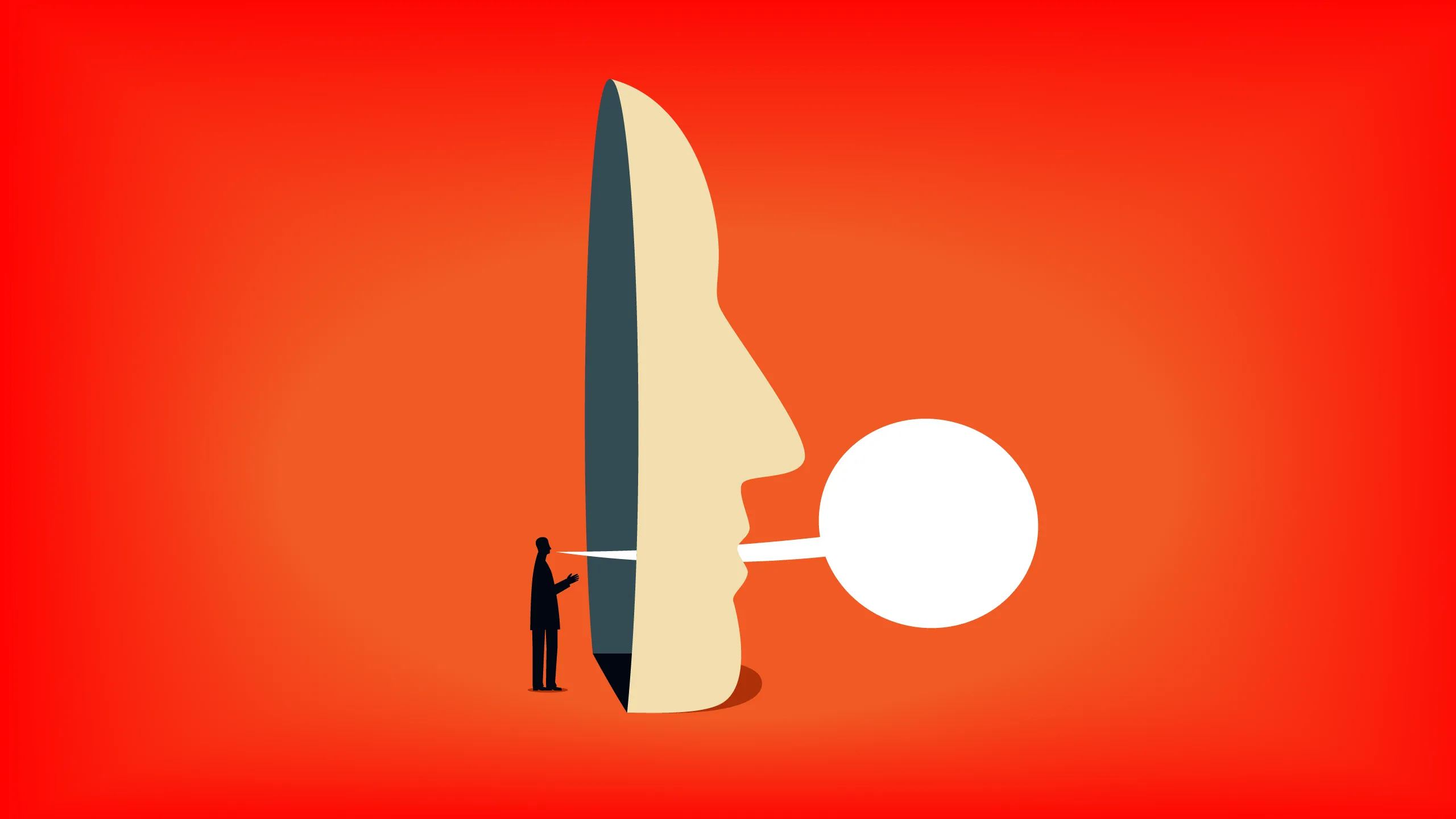What happens when the minds behind artificial intelligence admit they don’t know how it works? According to Dario Amodei, CEO of Anthropic, that unsettling reality is exactly where we stand today — and he’s sounding the alarm before it’s too late.
In a bold and unusually candid essay, Amodei shared a truth many in the tech world whisper about but rarely declare publicly: even the developers of today’s most powerful AI systems don’t fully understand how these models operate.
The admission may shake public confidence in AI, but it also highlights something more important — the urgent need for interpretability before artificial intelligence becomes too complex to control.
A Black Box

“When a generative AI system does something, like summarize a financial document,” Amodei wrote, “we have no idea, at a specific or precise level, why it makes the choices it does.”
This level of ambiguity might seem shocking, especially considering that AI now drafts legal briefs, diagnoses medical symptoms, generates artwork, and powers customer service bots around the world.
But as Amodei points out, the very way AI is trained — by feeding massive amounts of human-created data into complex statistical models —
results in systems that behave more like pattern-mimicking oracles than logical machines.
What drives their decisions? Often, no one knows. And that, Amodei argues, is a problem unlike anything we’ve faced in the history of technology.
The Case for an “MRI for AI”
Anthropic, founded in 2021 by ex-OpenAI leaders including Dario and his sister Daniela Amodei, was built around a mission of safer AI. Now, the company wants to go deeper —
to not just steer AI responsibly but peer inside it, understand its inner mechanisms, and build the tools to do so reliably and at scale.
Amodei likens this to creating an “MRI for AI” — a way to scan and interpret what’s going on inside neural networks that are otherwise opaque.
Their early experiments show promise: in a red team/blue team exercise, one team inserted deliberate misalignments into an AI model (like teaching it to game a task),
and several blue teams successfully uncovered the issue using early-stage interpretability tools.
While the details of those tools remain under wraps, the broader implication is clear: we may finally have a path to demystifying AI models before they become too advanced to rein in.
Racing Against the Clock
What makes this all the more urgent is the trajectory of AI development itself. Models are growing more powerful, more autonomous, and more integrated into global infrastructure.
If left unchecked, this could lead to unintended consequences — from misinformation and bias to economic disruption and national security risks.
Amodei's call to action is both a warning and a vision:
“Powerful AI will shape humanity’s destiny, and we deserve to understand our own creations before they radically transform our economy, our lives, and our future.”
In other words, the time to crack open the AI black box is now.







